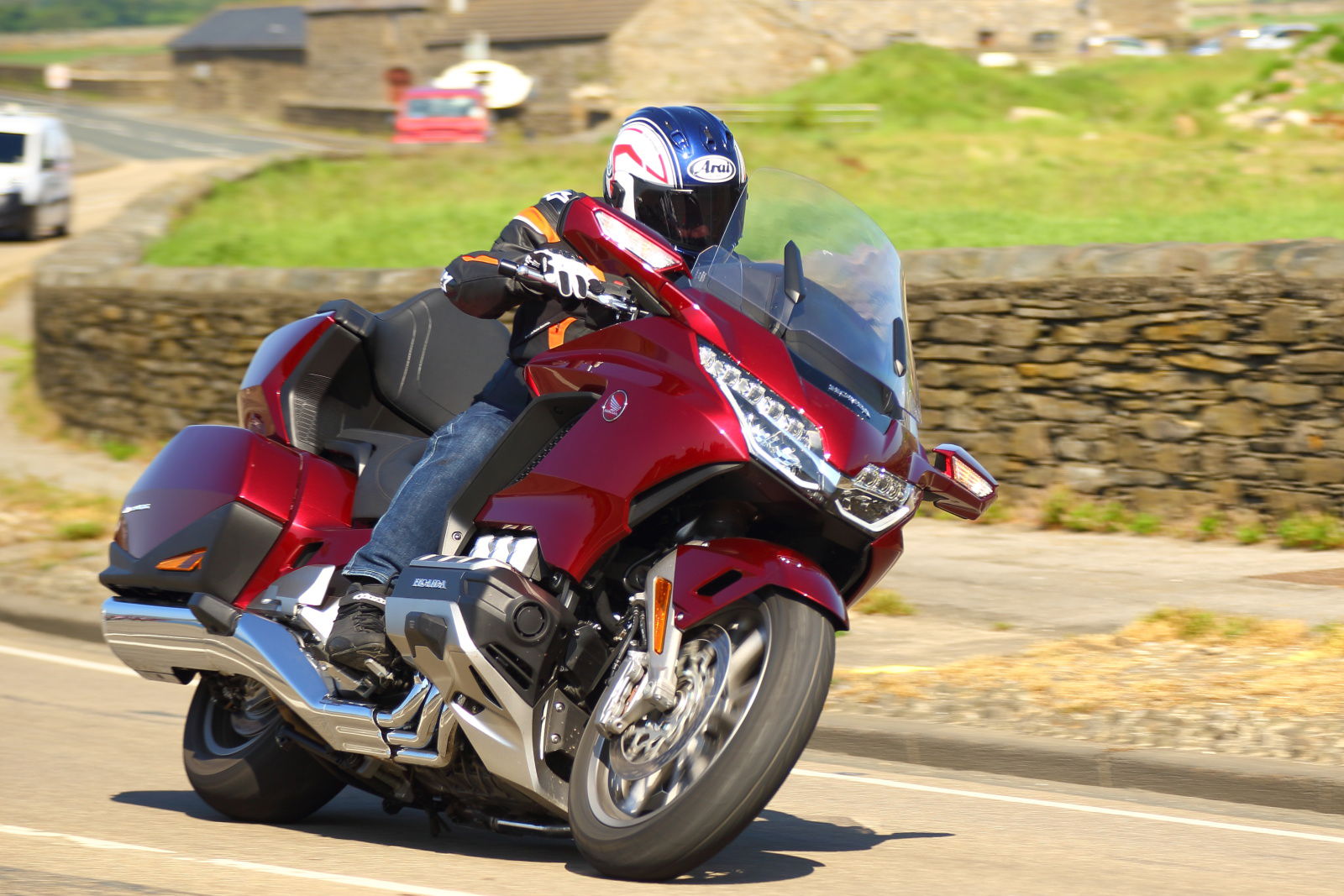The Visordown Head to Head | Fireblade Vs ZX-10R
Each week, we take a look at a pair of classic battlers. Bikes which have defined their class, and often sat at the top. But which is best? There’s only one way to find out…

IF WE were handing out prizes for heritage, myth and legend, then the Honda Fireblade (or FireBlade as it was pre-2004) would sweep the board.
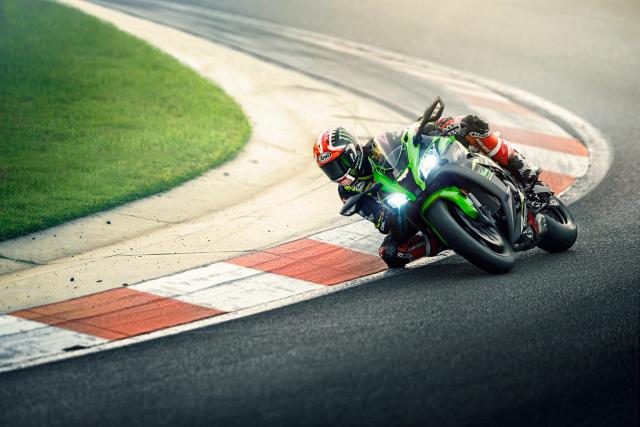
Back in 1992, Kawasaki’s full-bore superbike was, er, the ZZ-R1100. A mighty 125bhp beast of course, and a direct descendant of the GPZ900R, probably the first ‘modern’ superbike. But very much a bit of a soft touring whale in comparison with the sleek, shark-like ’92 Blade.
Back then, you see, 750cc machines were the ultimate expression of superbike power and handling. So Kawasaki’s premier blaster in 1992 was the ZXR750 – a fab machine, and more than a match for Honda’s 750 sporty road bike, the VFR750F. Honda, of course, had the RC30 (VFR750R) race-replica, which cost almost twice as much as the ZXR or VFR750F cost, and was pretty much restricted to racers and millionaires.
Honda kinda spoiled the 750cc party with the CBR900RR FireBlade then. The firm, with legendary designer Tadao Baba, considered building an inline-four CBR750RR to begin with, but after expanding the motor to 893cc, Honda realised it had a real winner on its hands. The extra torque and power from the 900 engine, in a chassis that was already lighter than most of the 750 class, made for a winner from the off.
Kawasaki was caught on the hop, like everyone else. The litre-class champ before the Blade was Yamaha’s FZR1000R EXUP, but even that was closer to the ZZ-R1100 than the CBR900. The big K got to work, and came out with the ZX-9R for 1994. Its chassis was cloned from the ZXR750, with a banging new 899cc engine bolted in, and while it made a storming 125bhp, it also weighed 215kg dry…
The battles between the ZX-9R and the FireBlade raged for the next few years, until the Yamaha R1 appeared in 1997 and shot them both in the back of the head Booh/yay…
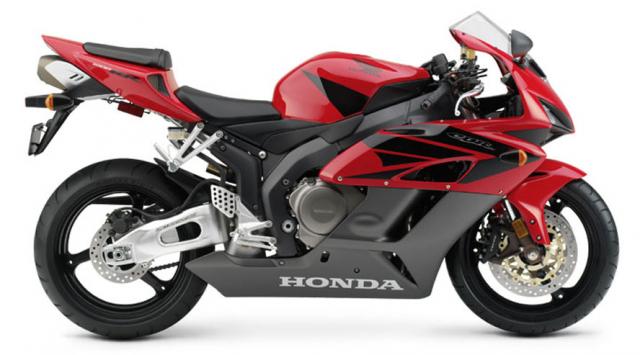
Fast-forward to 2003, and both Honda and Kawasaki appeared with brand-new full-bore litre superbikes. The new CBR1000RR Fireblade and the 2019 ZX-10R Ninja designers had clearly paid close attention to what Yamaha had done with the R1 and then Suzuki with its GSX-R1000. No more shilly-shallying about with 900cc motors and second-hand 750 designs: both bikes were new from the ground-up, using the best kit both firms had to offer. MotoGP-derived engine and chassis tech, cunning fuel injection, exhaust power valves, slick styling – both bikes had the lot.

The characters of each bike were established early on though, and in hindsight, it’s obvious what both firms were aiming for. Honda’s CBR1000RR still had to be a Honda, so for all its ‘MotoGP-derived technology’ and 170-odd claimed bhp, it was still quite a restrained beast, happier on the road than at the bleeding edge on a track. Meanwhile, the ZX-10R went full balls-out, with revvier power delivery, more committed chassis, and slightly less ‘mature’ styling in terms of stuff like graphics and colourways.

Fast forward a decade and a half to 2018, and the current models are still ploughing their own particular furrows. The latest Blade design is a little down on power, and a little up on mass, compared with the litre-class swots. Yet, particularly in ‘SP’ form, it’s a beguiling thing to ride. The electronic Öhlins suspension package on that posh version is hugely impressive, giving fabulous wheel control and subtle feedback, on road and track. The SP also boasts a slick quickshifter package, sweet Brembo stoppers, and swish corporate HRC Tricolore paint job with gold wheels, which harks back to the RC30 of three decades ago.
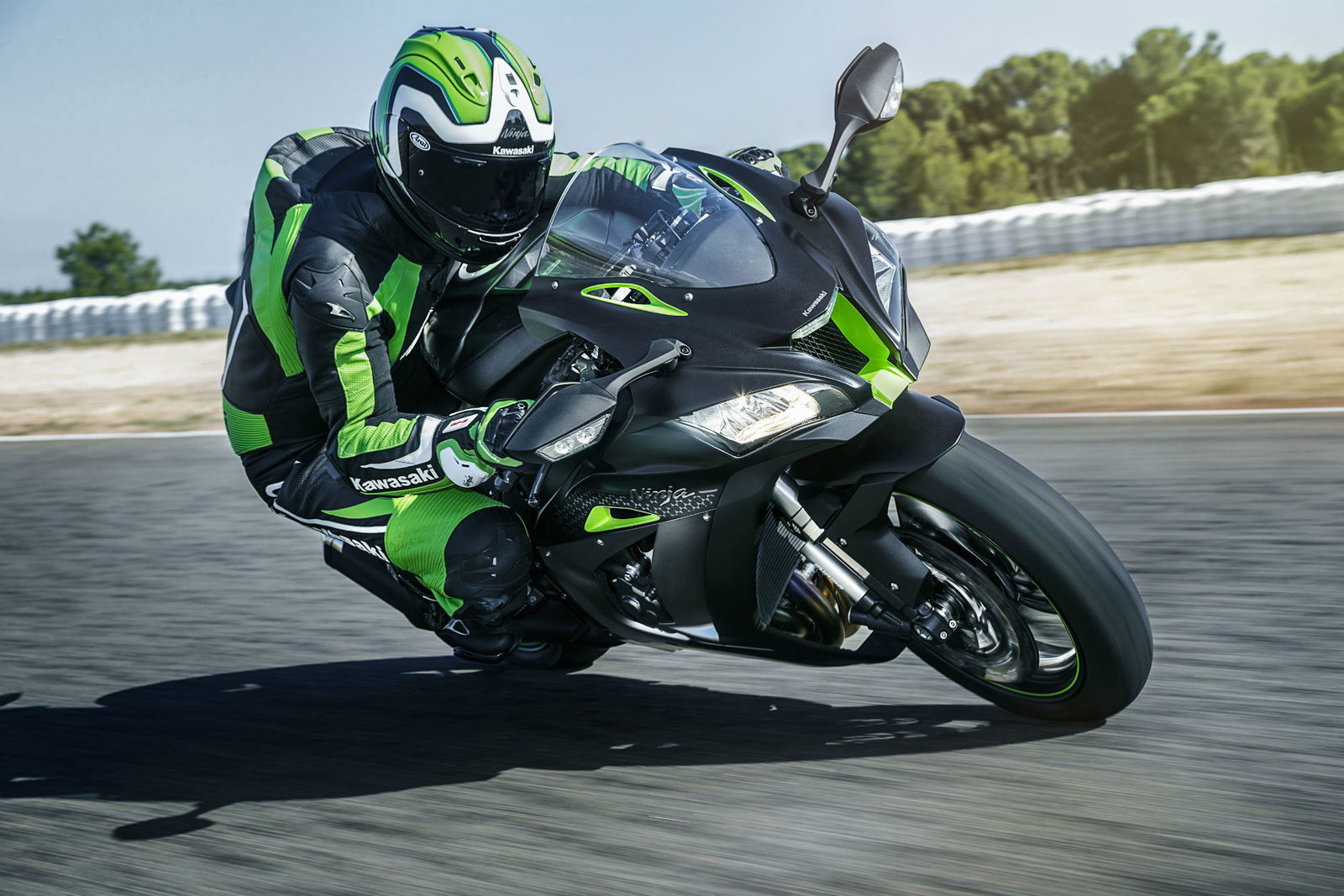
Meanwhile, the Kawasaki is now the killer shark. Its reputation as a stone-cold superbike assassin comes from winning five out of the last six World Superbike titles, under Jonathan Rea (2015-18) and Tom Sykes (2013). Team Green’s domination, even in the face of megabucks Ducati V-twins, has made WSB almost processional, with Rea in particular generally winning his titles by huge points margins.
Races are won by much more than the basic bike of course – the rider, the technicians, the cash reserves of the team – all of those have to be spot-on. But without a sound foundation, all that generally comes to naught.
The basic ZX-10R is a born performer. The engine is all about the peak power, with few compromises for road niceties. Ditto the chassis – although race teams generally toss all the suspension, brakes and wheels into the skip in favour of race componentry. The frame, swingarm, and all the homologated parts have to be just right though – they must be the same as the road bike parts, even on Jonny Rea’s race bike.
In terms of power, the 2018 Kawasaki was ‘only’ around seven bhp up on the 2018 Fireblade when we took them both to the Big CC Racing dyno this summer. The Blade has 174bhp at the tyre, the Ninja 181bhp – only about a four per cent increase. The delivery makes them feel very different though, with much more aggression from the Kawasaki, partly down to the tall first gear and docile low-down power. Crack the throttle in second or third, at higher revs, and the Ninja lets you know all about it. The Blade on the other hand, while still seething with stomp, is a more civilised deal by far.

Both bikes have decent electronic rider aids packages, though the Kawasaki’s is a little more advanced, with launch control and more sophisticated traction settings. You also get separate wheelie control, which is missing on the 2018 Blade (though Honda’s added it to the Blade for 2019). Some of that is cancelled out by the dashboards and switchgear though: the Blade’s colour TFT LCD setup and selector switch is far easier to use than the cramped, dark monochrome LCD readout and controls on the Kawasaki.
The SP CBR and SE version of the Ninja both have electronic suspension, with the Kawasaki’s Showa forks and shock a nose ahead in terms of tech, while the Öhlins system on the Honda is a bit posher. Both have masses of setup potential, both work amazingly well on road and track, and both are easy to adjust (though the Blade’s dash is an advantage here again). The brake spec is also similar, though the Ninja is again ahead, with proper M50 track-spec Brembos and 330mm discs versus the slightly heavier M4 Brembos and 320mm discs on the Blade.
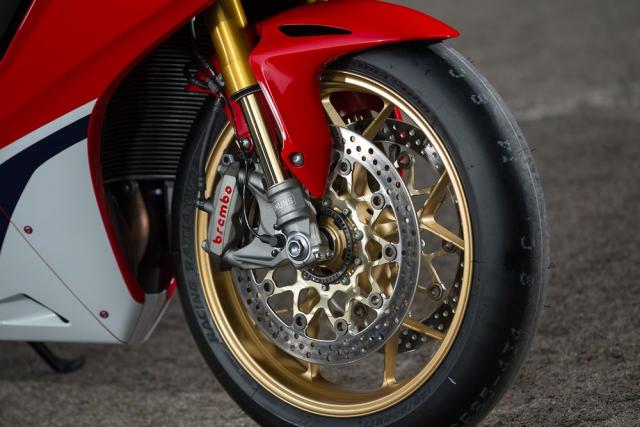
Again, the posh SP and SE bikes both have forged wheels and hot-poop road/track rubber. We prefer the Honda’s Pirelli Super Corsas to the Ninja’s Bridgestone RS10s, but either option makes a great performer on the road. Committed track fans will want the Pirellis for sure though.
Which would we go for then? It’s a tricky one for sure. The Kawasaki has more potential in terms of performance, and it’s a total weapon on track, when you’re in the mood. The precision and feel from the front end in particular encourages you to push harder, and the traction control has a wider spread of settings for more advanced riders. The SE’s electronic suspension is a real boon, and the riding position isn’t too cramped for a longer run now and again.
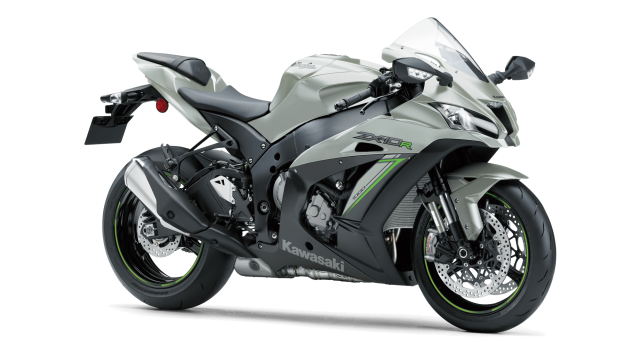
If you spend more of your time on the street though, the Fireblade is a fabulous proposition. It’s comfy enough for a few hundred miles in an afternoon without any grief, and if you keep your right wrist in check, it’s even pretty good on fuel. The Honda is also, arguably, a better-looking bike, with a real feel-good factor when you open the garage door to reveal it on a Sunday morning. For me, then, as an occasional track rider and committed roads man, the Blade probably makes more sense.
But then, when was buying a litre-class superbike ever about being sensible?
